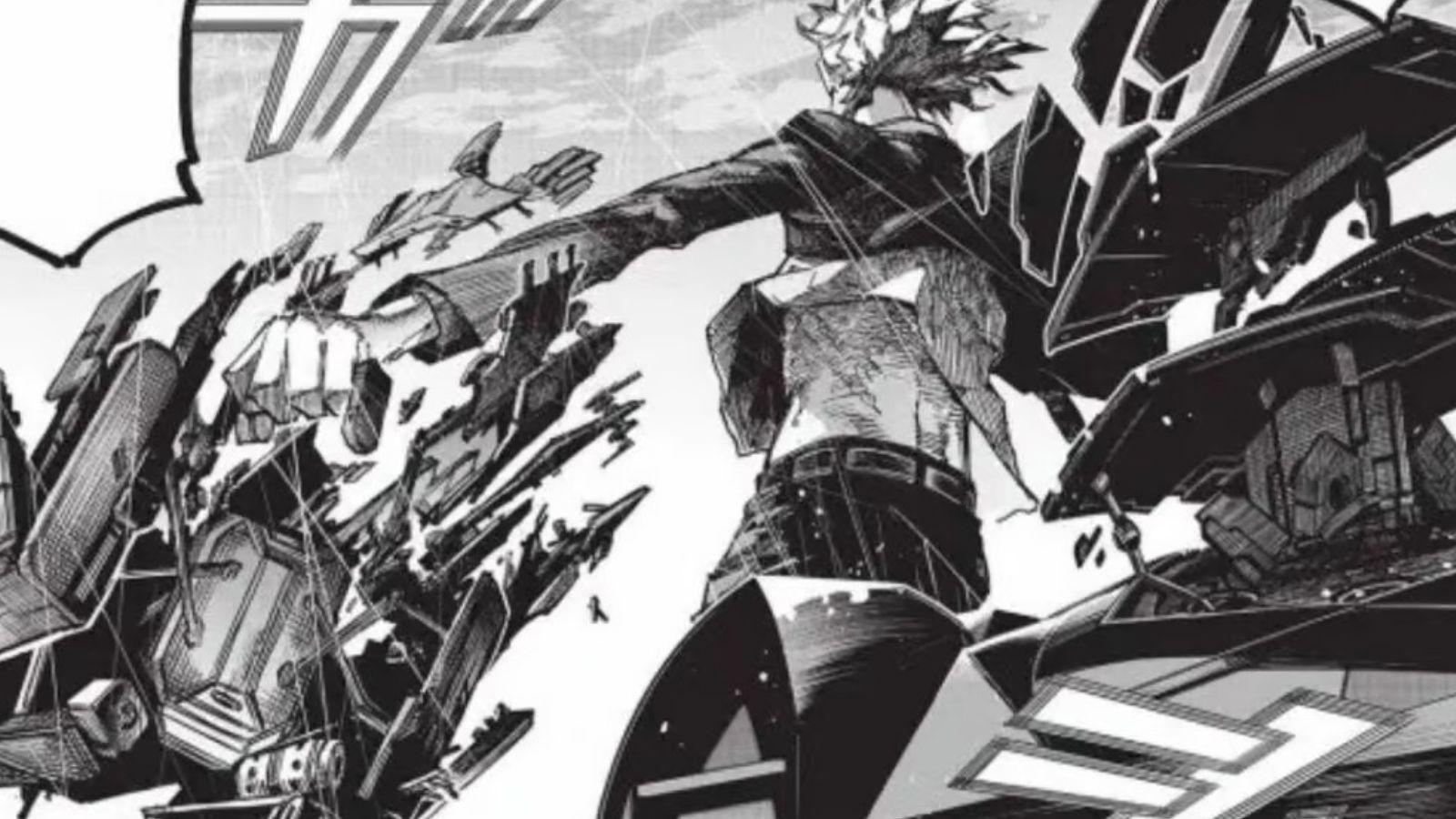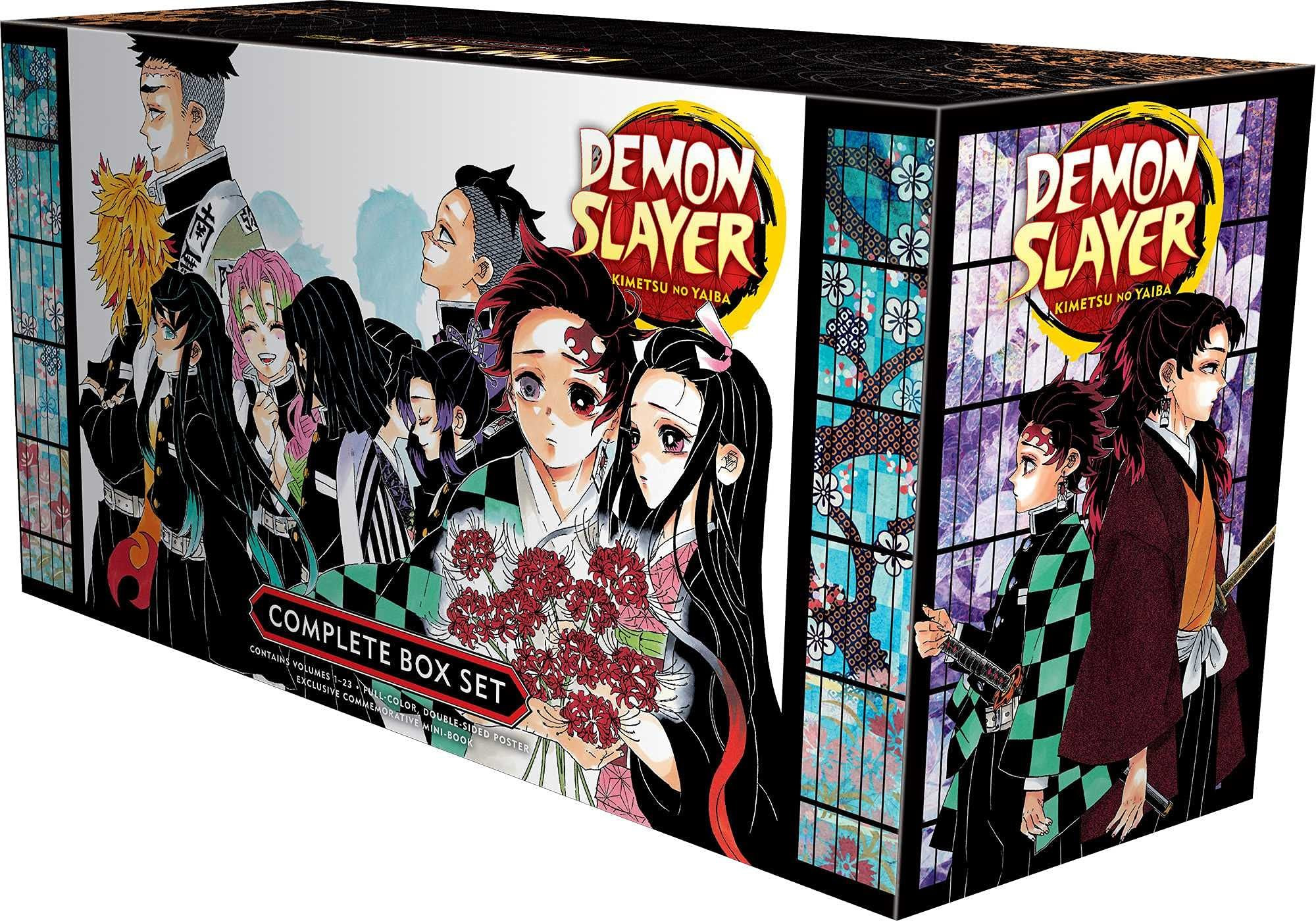Deku manga panel analysis? Yo, that’s totally rad! We’re diving deep into the art of My Hero Academia, dissecting how the manga panels showcase Deku’s epic journey. From his awkward early days to his total badassery later on, we’re breaking down his visual evolution, panel composition, symbolism, and interactions with other characters. Get ready to geek out!
This deep dive explores how the artistic choices in the manga—everything from Deku’s posture and clothing to the use of color and perspective—shape our understanding of his character arc. We’ll examine specific panels, comparing and contrasting different stylistic choices across the series and exploring how they contribute to the overall narrative. Prepare for some serious manga mastery!
Deku’s Visual Journey in My Hero Academia: Deku Manga Panel
Yo, what’s up, manga heads? Let’s dive deep into the sick evolution of Deku’s look throughout the My Hero Academia manga. From his underdog beginnings to his current powerhouse status, his visual representation in the panels is straight fire, reflecting his insane growth. We’re breaking down the stylistic shifts, panel compositions, symbolism, character interactions, and how it all shapes the story.
Get ready to geek out!
Deku’s Visual Evolution Across Manga Arcs
Deku’s design isn’t just about clothes; it’s about showing his inner turmoil and strength. His early panels showcase a scrawny kid, all nervous energy and wide eyes. Later, he’s a ripped hero, radiating confidence and power. This transformation is reflected in his posture, clothing, and overall presence within the panel.
| Arc | Chapter Range | Visual Style | Emotional Expression |
|---|---|---|---|
| Early Days/Entrance Exam | 1-10 (approx.) | Slouching posture, slightly disheveled clothes, wide, anxious eyes. | Nervousness, insecurity, determination masked by self-doubt. |
| USJ Arc | 10-20 (approx.) | Slightly improved posture, still somewhat hesitant, clothes slightly neater. | Fear, growing determination, a hint of emerging confidence. |
| Sports Festival Arc | 40-60 (approx.) | More confident posture, clothes are cleaner and more fitting, a focused expression. | Increased self-belief, determination, a growing sense of self-worth. |
| Final Arc | (Late 300s onwards) | Muscular physique, confident and heroic posture, often depicted in dynamic poses. Costume is refined and reflects his mastery of One For All. | Resolve, unwavering determination, a sense of responsibility and leadership. |
Panel Composition and Deku’s Role
Horikoshi, the mangaka, is a master at using panel composition to emphasize Deku’s journey. Certain recurring elements, like close-ups during emotional moments or wide shots showcasing his power, amplify the narrative impact.
- A close-up on Deku’s determined face as he pushes past his limits during a fight, highlighting his grit.
- A wide shot showcasing Deku standing tall amidst a chaotic battle, emphasizing his newfound strength and leadership.
- A low-angle shot looking up at Deku, portraying him as a powerful and almost god-like figure.
- A high-angle shot looking down on Deku, showing his vulnerability and the weight of his responsibilities.
- A panel with significant negative space around Deku as he stands alone, emphasizing his isolation or introspection.
Symbolism and Iconography in Deku Panels
The visual storytelling in MHA is next level. Color, lighting, and background details all contribute to the overall narrative. Let’s check out some key examples.
| Color | Panel Example | Emotional Interpretation |
|---|---|---|
| Green | Numerous panels throughout the series, especially when Deku is using One For All. | Represents Deku’s core personality, his growth, and the power of One For All. Sometimes, a darker shade signifies his struggle and pain. |
| Gold/Yellow | Panels depicting Deku using One For All at its peak power. | Symbolizes the immense power of One For All, Deku’s potential, and moments of triumph. |
| Dark/Muted Tones | Panels showcasing Deku’s internal struggles, doubts, or injuries. | Reflects Deku’s inner conflict, pain, and moments of vulnerability. |
Visual Essay: Three panels encapsulate Deku’s journey: (1) An early panel showing him small and uncertain, (2) a mid-series panel showing him injured but resolute, and (3) a final arc panel showing him standing tall and powerful. This progression visually represents his transformation from a powerless kid to a strong, capable hero.
Deku’s Interactions with Other Characters in Panels

The way Deku interacts with other characters within panels speaks volumes. The spatial relationships and body language communicate the dynamics of their relationships.
Panel 1: Deku and All Might. A panel showing All Might towering over a younger, smaller Deku highlights the mentorship dynamic and the power differential.
Panel 2: Deku and Bakugo. A panel depicting them facing off, equal in size and intensity, illustrates their complex rivalry and their mutual respect that gradually develops.
Panel 3: Deku and Uraraka. A panel showing them sharing a tender moment, close together and with soft expressions, reveals the blossoming of their romantic relationship.
Impact of Panel Design on Narrative, Deku manga panel
Panel size and placement are crucial for pacing and emotional impact. Horikoshi masterfully uses these tools to guide the reader’s experience.
Large panels or splash pages featuring Deku during pivotal moments emphasize their significance and create a dramatic effect. Conversely, smaller panels are used for transitional scenes or quieter moments of reflection, controlling the pace of the story. Rapid-fire panel transitions can be used to heighten tension during action sequences, while slower transitions emphasize Deku’s internal conflicts.
Expand your understanding about best manga panel with the sources we offer.
So, yeah, analyzing Deku manga panels is way more than just looking at pretty pictures. It’s about understanding how the artist uses visual storytelling to create emotional impact and drive the narrative forward. From Deku’s growth to his relationships with other characters, the panels reveal so much. It’s a total masterpiece of visual communication, and we’ve only scratched the surface! Peace out!


